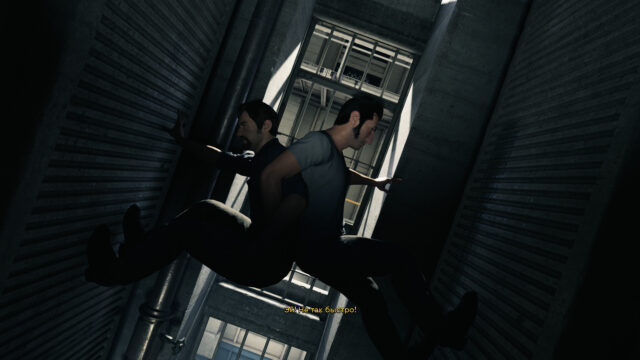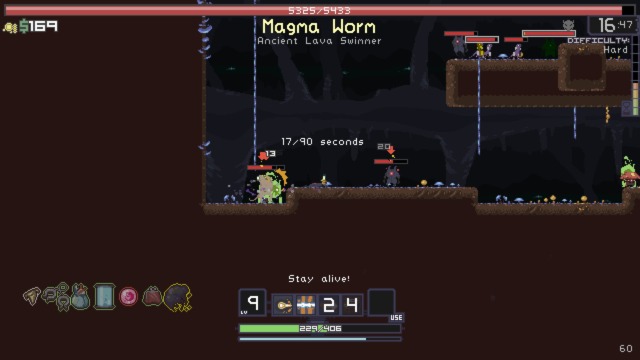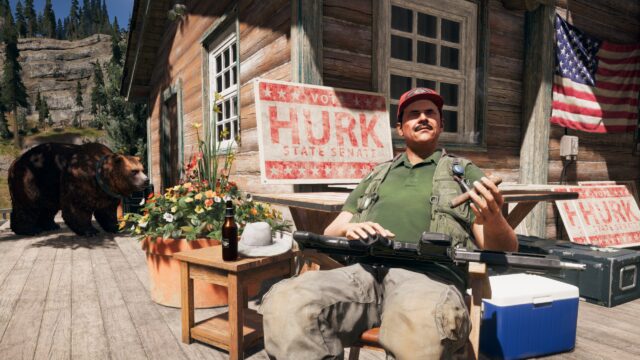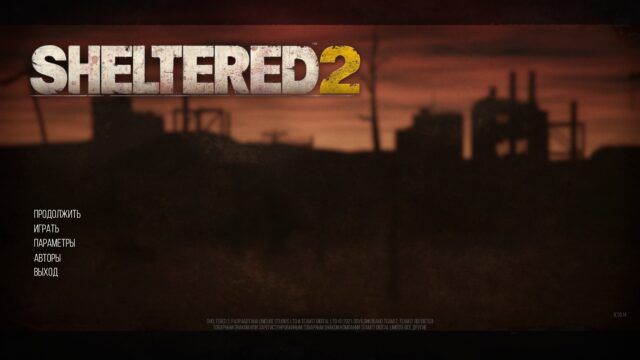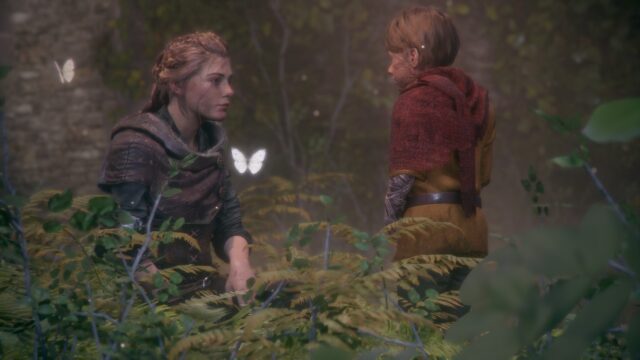Total War: Rome II Review
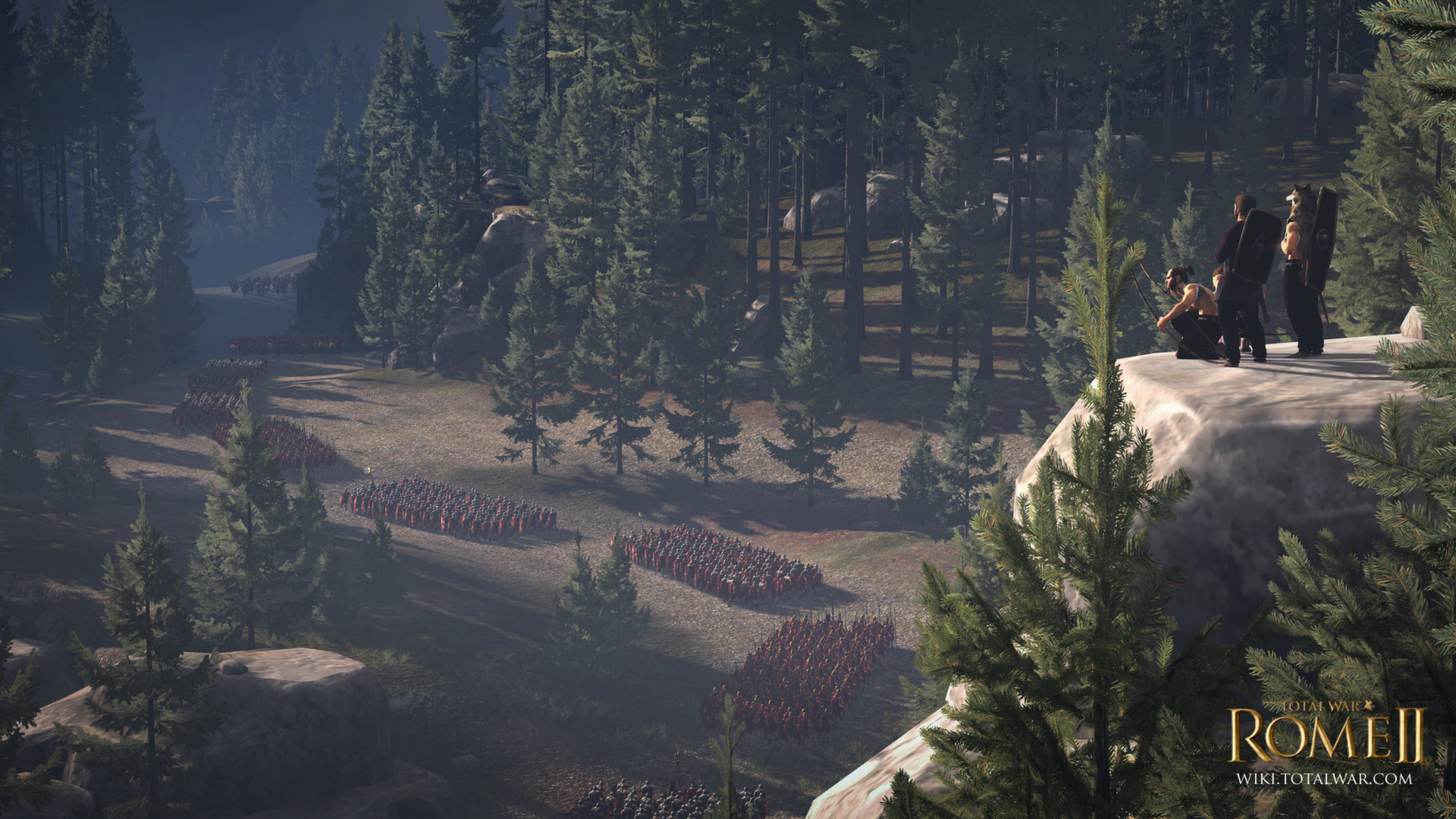
I have been eagerly waiting for Total War: Rome II for a long time. My fondest memories of the series are connected to the original Rome, despite all the subsequent games, and now that the sequel has finally been released, I have fully immersed myself in its world. Has it become a love at second sight or marked the end of an era? It’s not that simple. Details below.
To understand Rome II’s place in the Total War hierarchy, it is useful to look at three previous titles: the original Rome, Shogun 2, and Empire. If we forget about the strange voice acting, which would be better suited for a sequel to Master of Orion than a game about the classical era, Rome II captures the essence of its time period just like any other game in the series. Here, as always, the focus is on the story rather than an accurate recreation of details. Michael Simpson, the director of Creative Assembly, spoke about historical accuracy, saying, “We strive for Hollywood techniques… but hope that it turns out to be something in between them and real history.”
Hollywood techniques are evident to the naked eye, but they are a strong point of the series. When Roman generals lead soldiers into battle, they stoke their fury, playing on the fact that the enemy is different from them, and their words are as merciless as their swords. This is a vivid example of the late empire troops, serving as a source of inspiration and endless allusions. I was slightly taken aback when my oldest general, this grizzled mass of scarred fabric in his “lorica squamata” armor, cheerfully ordered his soldiers to slaughter the Celts, calling them straight-walking pigs rather than humans. The Roman Empire has terrifying potential and becomes a natural starting point for the first campaign, thanks to its central location and ease of holding.
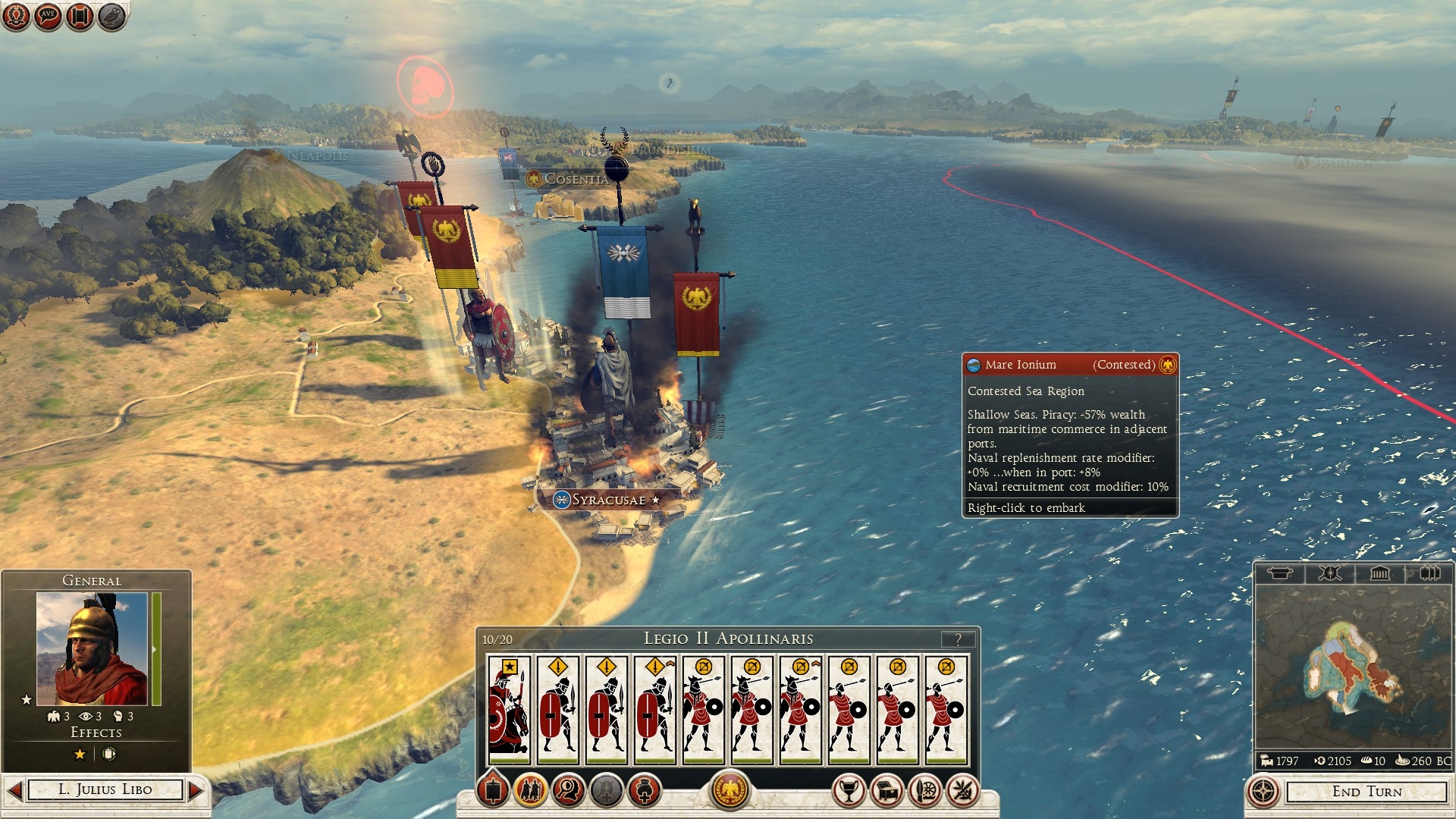
Everything I want to say is that the Romans in Rome II are made brilliantly, and it’s convenient to start the game with them. Aesthetically, everything is as enjoyable as a jug of colorful punch. The music uses melodies from an imaginary past, sometimes calm with a melancholic middle, corresponding to the hardships of wartime and the realization that even the most powerful empire will eventually fall.
From a distance, Rome II is breathtaking. Its individual elements form a worthy, beautiful, and cohesive structure. We know the formula – Total War combines advanced tactical strategy like “Risk” with large-scale real-time battles. In many ways, the previous game in the series, Shogun 2, was the best example of this formula. The choice of location and time of action played a role in this to some extent – a rational approach to a more isolated setting.
In order to return to Japan, we had to give up the scale of Empire, and along with it, most of the randomness was discarded. Shogun had fewer elements, but almost all of them were improved. The sprawling nature of Empire looked chaotic, while Shogun 2 was more concentrated, which benefited the game and left room for the excellent Fall of the Samurai expansion. Unfortunately, some of the shortcomings of Empire returned in Rome II, and although it is an exceptionally skillful game, this step was not entirely correct. What irony – Rome II is so vast and extensive that it is bursting at the seams from its own weight.
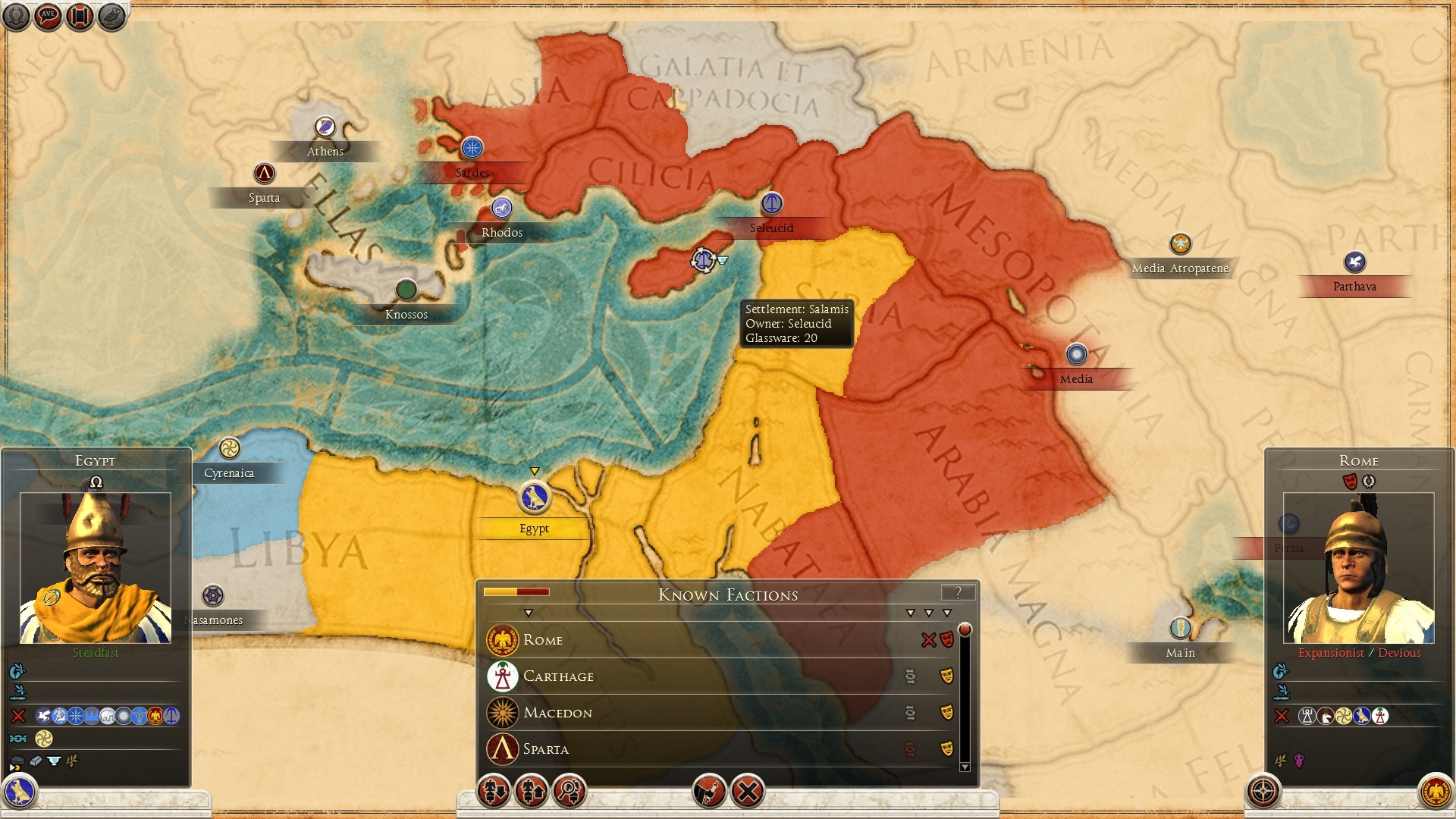
This is a game of incredible scale, with a much more open experience than the original Rome, offering several factions to choose from, even without magical DLCs available for pre-order. Starting the game in different corners of the world will give you completely different sensations. The most obvious difficulty is understanding how the diplomatic and military power of your neighbors, and in turn, their neighbors, affects the geography of the surroundings of your chosen faction. Rome is capable of intimidating most other factions, and the game starts with a war against its northern neighbors. This war is extremely difficult to lose, which allows for the immediate consolidation of territory.
Expansion happens elegantly. The overall military power, fame, and world influence of a faction determine how many armies, fleets, and agents it can deploy on the battlefield at any given time. The power of a faction is now less tied to the number of holdings and more concentrated in provinces divided into regions. They are somewhat similar to continents in “Risk,” and the effect of unification creates new strategic decisions. Sometimes it is more reasonable to defend a settlement in one of the regions of an enemy province and then hold the local settlement, rather than advancing further, understanding that the fragmentation of the province has already weakened it and made it less useful.
The province system also allows for more interesting decisions in terms of construction. Each region contains a settlement that supports a range of buildings and development areas, such as farms and training grounds. My Rome was a center of outstanding military prowess, and I always sent units there for armies and made it a kind of Fortress of Death. This means that resources and food were supplied to the province from other places, so the coastal cities were mostly engaged in fish processing. They were quite unpleasant places where everyone was unhappy due to the stench and the high probability of slipping on fish guts during a walk.

Centralized troop replenishment is quite convenient, but while playing as Iceni, I experimented with different strategies, making each settlement balanced without focusing on specialization. This is a viable tactic where any loss is not as terrifying. Playing as Rome was risky because any invasion threatened a ripple effect, sharply undermining the prosperity of the province, leaving it without food or labor. The specialization of cities can be changed by demolishing old buildings and constructing new ones, but it is a long and costly endeavor.
Due to a lack of management, slums can form in the province. They occupy a cell where something useful could have been built, and there are penalties for demolishing them. Overall, regional management is the most advanced element since Shogun 2. The system effectively forces the player to think wisely, plan ahead, and ensure the growth of their empire through cunning and determination. Moreover, everything is quite understandable, even though the game introduces new features without burdening itself with explanations. There is the usual tutorial that talks in the background when you first open a screen, but sometimes I noticed that I understood the general idea but didn’t grasp the details of each number or icon. In such cases, pop-up hints come to the rescue.
In general, this is the best part of the game. Oh, and the spectacle of battles. However, the actual mechanics of combat disappoint. I will emphasize once again: Rome II is a brilliantly executed game, and I will spend many more hours playing it. Perhaps it could never live up to my expectations: the perfectly chosen time period, which turned out to be captivating and impressive. But the combat system, army and general management simply do not reach the sense of scale, time, and place established by the game itself.
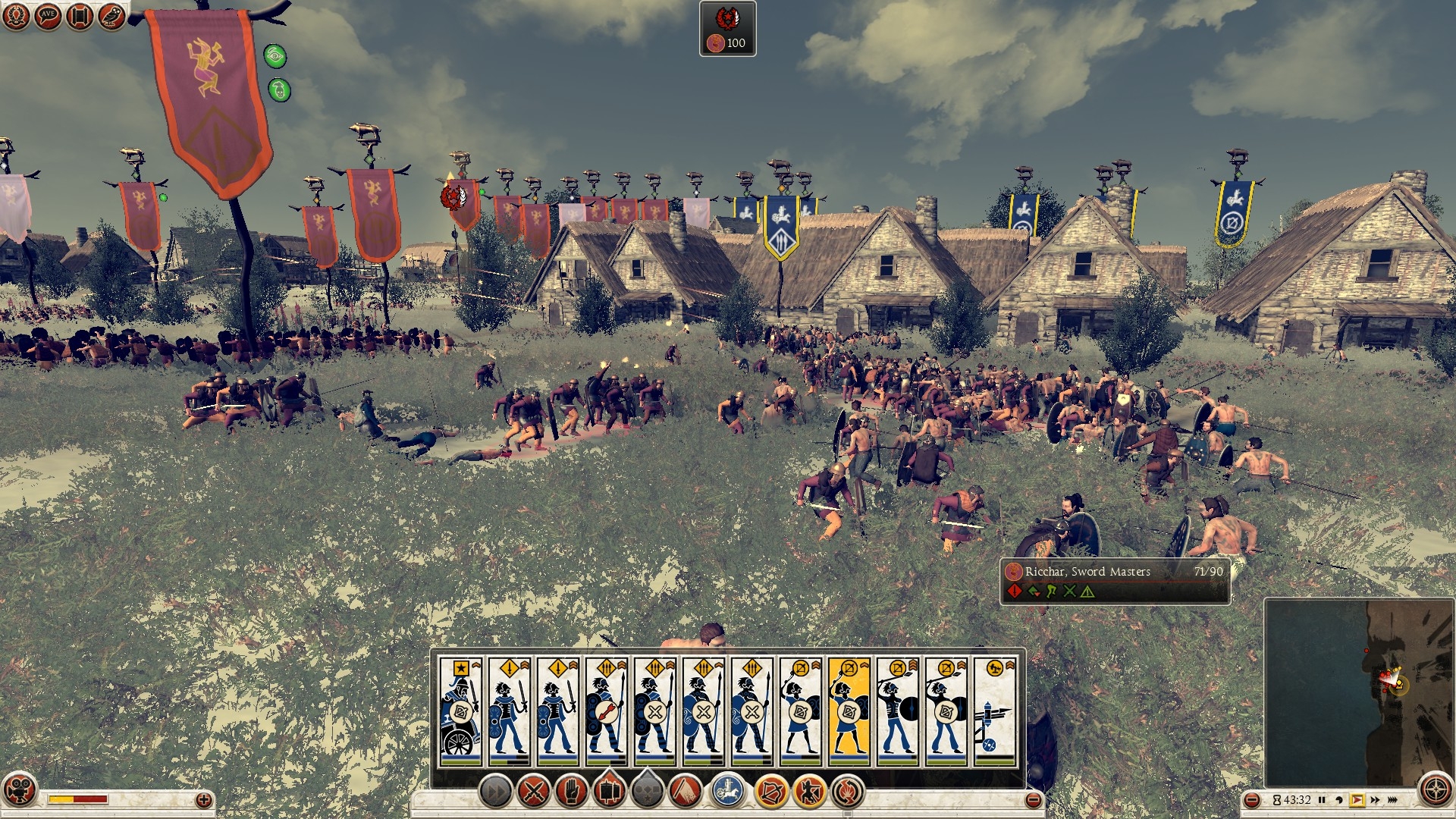
Partly to blame for this is AI. The series constantly kicked it, it rarely puts up a worthy resistance, and all my defeats happen only because of my own mistakes and foolish attacks on defended positions. The main problem is that the computer opponent reacts more to the player’s actions than it makes its own. Soon its reactions become predictable and even with all the extraordinary abundance of unit types, their appearance on the battlefield rarely surprises you or catches you off guard. There are exceptions – first and foremost, elephants, which turned out to be as cool as I expected – but my tactics have remained unchanged since the time of Rome, and this raises thoughts about the unchanging AI.
Mixed attacks of the fleet and ground forces are better suited for ships, pure naval combat, although it looks great, does not strain the brain at all. Only at first my fleet lost even to relatively weak enemies, but when I understood the importance of ship maneuvering and figured out the types of units ON the ships, everything immediately changed in my favor. Of course, the vessels shattering into pieces look mesmerizing, but now I put naval battles on autopilot.
Approaching the enemy harbor, the lack of versatility of the fleet ceases to be a problem. It is extremely pleasant to scatter the enemy from two sides, however, to take such a position, you will have to work harder on the strategic map than in the actual battle.

Unfortunately, the chances of conducting such maneuvers are rare. Although the map is large, it is not an open space but rather corridors between forests and mountains. There is an obvious advantage to this – it makes it easier for developers and, of course, players to control troop movements; blockades, ambushes, and retreats would happen much less frequently otherwise. But I would prefer a less confined world. All roads may lead to Rome, but for some reason, only a couple of them come out of it.
A clever innovation has emerged in army movement. The introduction of combat stances allows infantry to increase speed or set up ambushes and slaughter like in the Teutoburg Forest. Of course, each stance has its pros and cons, and they dramatically change the beginning of the battle.
Unfortunately, the development of generals and armies as characters and historical combat units did not turn out as deep as one might have thought from the initial signs. The choice of upgrades for both units and leaders is limited, for example, to improved swords or improved armor. They do not strive to emphasize the spirit of the era, which would be absolutely magnificent, and do not add any real strategic diversity. The entourage of generals is also not smooth sailing. They are like accompanying characters that provide bonuses, but after a few turns, there are so many of them that they seem like ballast rather than a valuable reward.

Now I have launched the game again and I am playing with the saved files. I want to create a Celtic empire ready for a quick capture of Rome. At the strategic level, computer opponents behave effectively and interestingly, creating unlikely scenarios and unexpected alliances. The world has become surprisingly volatile, although the waiting time between turns has increased due to the complex political situation.
Playing without noticeable errors (a major patch released over the weekend fixed two serious issues that I encountered, but there were rumors online about others), I quickly realize that I am falling in love with this game. Only later, when I step back from it a little, do I begin to doubt my feelings. The battles look amazing, bright enough to deserve the highest praise, and in the middle and end there are enough interesting moments to endure the boring beginning. But still, the initial stages of the battles are monotonous, and in the end, the battles lack substance.
If Rome II were a gladiator, it would enter the arena amidst flashes of fireworks and the blaring of trumpets. In the most beautiful armor ever seen, it would look promising, and greatness would be destined for it by fate. Later, after overcoming numerous opponents, it would still fall, and the last enemy would bring his sword to its throat. Looking at this, only the cruelest ruler would lower his thumb. All his victories were well-deserved, but one cannot help but think that if his armor were not so rich, lighter and more flexible, he might not have lost to anyone.
Share
Discuss
More Reviews
